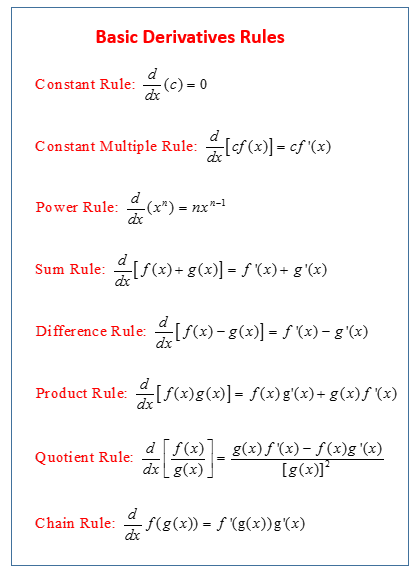
~Construct equations by translating information from word form to symbolic form with the use of a variable.~Translate simple English phrases and sentences into simple algebraic expressions and equations.~Demonstrate concepts of rounding and estimation of whole numbers and decimals to nearest place value.Use the method of unit conversions to solve application problems.

~Perform unit conversions for American measurements which involve length, capacity, weight, and times.~Evaluate problems involving ratios, proportions, and percents.~Incorporate concepts of prime factorization and greatest common factor to simplify fractions.~Express numeric information in one of the following three forms: fraction, percent, decimal.Understand the process of rewriting a given number as the product of all distinct prime numbers. Use divisibility tests, factorization, and the concept of prime and composite to construct the least common multiple. ~Identify the prime numbers from 2 to 50.This course does not fulfill the learning skills requirement for graduation. This is a lecture course with lab time in basic mathematics skills including the basic operations of addition, subtraction, multiplication, and division applied to the whole numbers, fractions, and decimals. In compliance with CA Legislation AB 705 and AB 1705, THIS COURSE IS NOT CURRENTLY BEING OFFERED. ~ Demonstrate ability to communicate mathematically by writing and presenting the work of the problems in an organized way.~ Apply mathematical concepts and patterns to new problems and new situations.SLO 3: ANALYZE PATTERNS AND ORGANIZE MATHEMATICAL THOUGHTS TO INCREASE THE LEVEL OF ABSTRACT THINKING THAT IS ESSENTIAL FOR REAL-LIFE PROBLEM-SOLVING.2f: find perimeter and area of basic Euclidean and compound shapes.2e: solve applications problems involving whole numbers, fractions, decimals, ratios, proportions, and percent.2d: calculate solutions of one-step single variable equations.2c: set up applied problems involving ratios, proportions, and percent.2b: construct equations by translating information from word form to symbolic form with the use of a variable.2a: translate simple English phrases and sentences into simple algebraic expressions and equations.SLO 2: DEMONSTRATE THE ABILITY TO TRANSLATE MATHEMATICAL PROBLEMS IN WORD FORM TO AN EXPRESSION OR SINGLE VARIABLE EQUATION, AND SOLVE SINGLE VARIABLE ONE-STEP EQUATIONS.1f: demonstrate concepts of rounding and estimation of whole numbers and decimals to nearest place value.

1e: perform unit conversions for American measurements which involve length, capacity, weight, and times.1d: evaluate problems involving ratios, proportions, and percents.1c: incorporate concepts of prime factorization and greatest common factor to simplify fractions.1b: express numeric information in one of the following three forms: fraction, percent, decimal.1a: identify the prime numbers from 2 to 50.ACCURATELY COMPUTE PROBLEMS INVOLVING THE BASIC OPERATIONS OF ARITHMETIC (ADDITION, SUBTRACTION, MULTIPLICATION, DIVISION, EXPONENTS, ORDER OF OPERATIONS) ON WHOLE NUMBERS, FRACTIONS, AND DECIMALS. SLO 1: CORRECTLY USE THE ORDER OF OPERATIONS TO EVALUATE EXPRESSIONS.Upon completion of this course, the student will be able to: A "P" (Pass) grade is also an acceptable grade for courses in the major if the course is taken on a Pass/No Pass basis. ADTs also require that students must earn a “C” or better in all courses required for the major or area of emphasis. (2) Obtainment of a minimum grade point average of 2.0. (B) A minimum of 18 semester units or 27 quarter units in a major or area of emphasis, as determined by the community college district. The Associate Degree for Transfer (ADT) student completion requirements (as stated in SB1440 law): (1) Completion of 60 semester units or 90 quarter units that are eligible for transfer to the California State University, including both of the following: (A) The Intersegmental General Education Transfer Curriculum (IGETC) or the California State University General Education-Breadth Requirements (CSU GE-Breadth).


It is highly recommended that students meet with a counselor because major and general education requirements vary for each college/university. Completion of the CSU General-Breadth or IGETC general education pattern is required. This program is for students who plan to transfer to a California State University (CSU). The mathematics program provides students the opportunity to complete the lower-division coursework required for four-year programs in mathematics.


 0 kommentar(er)
0 kommentar(er)
